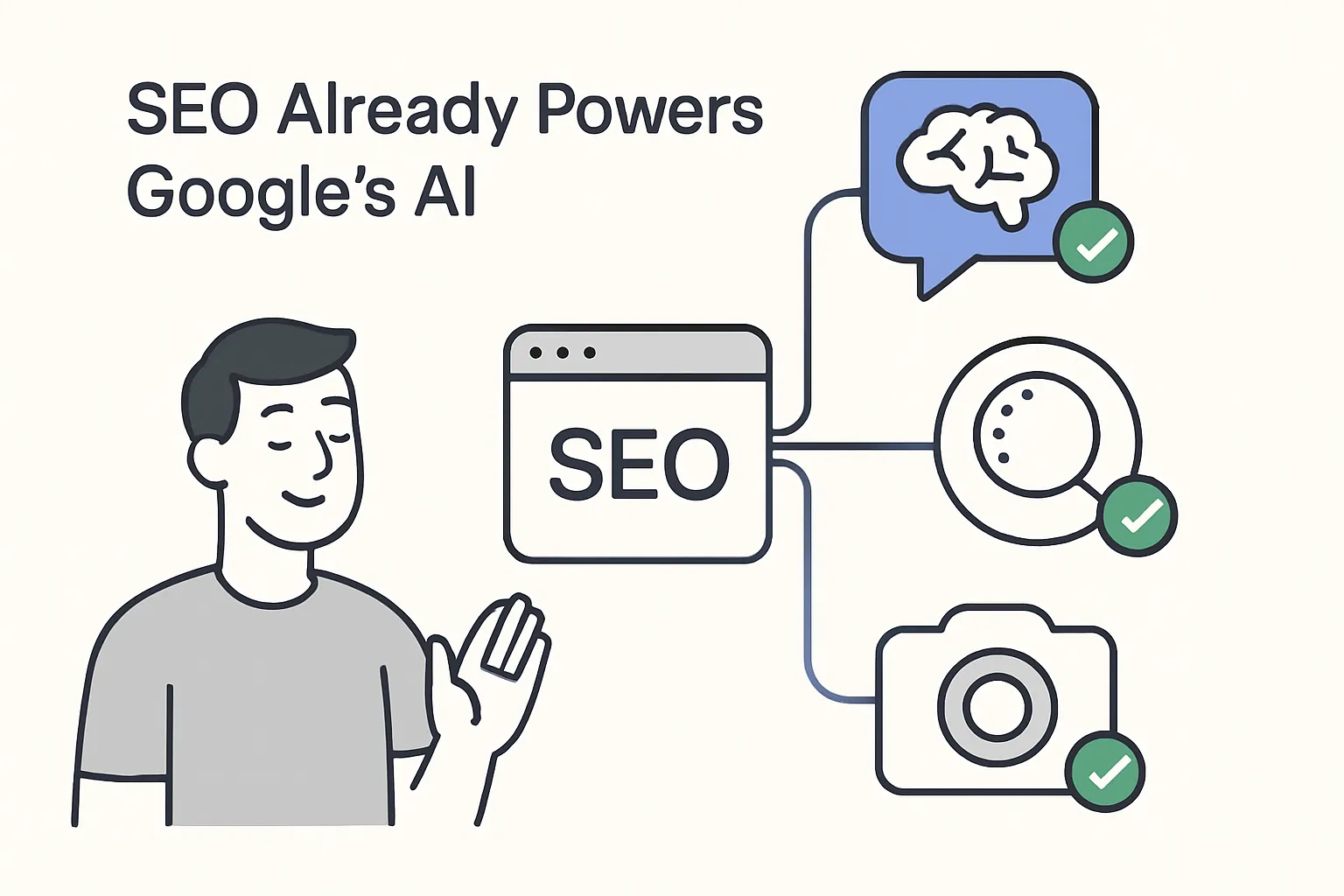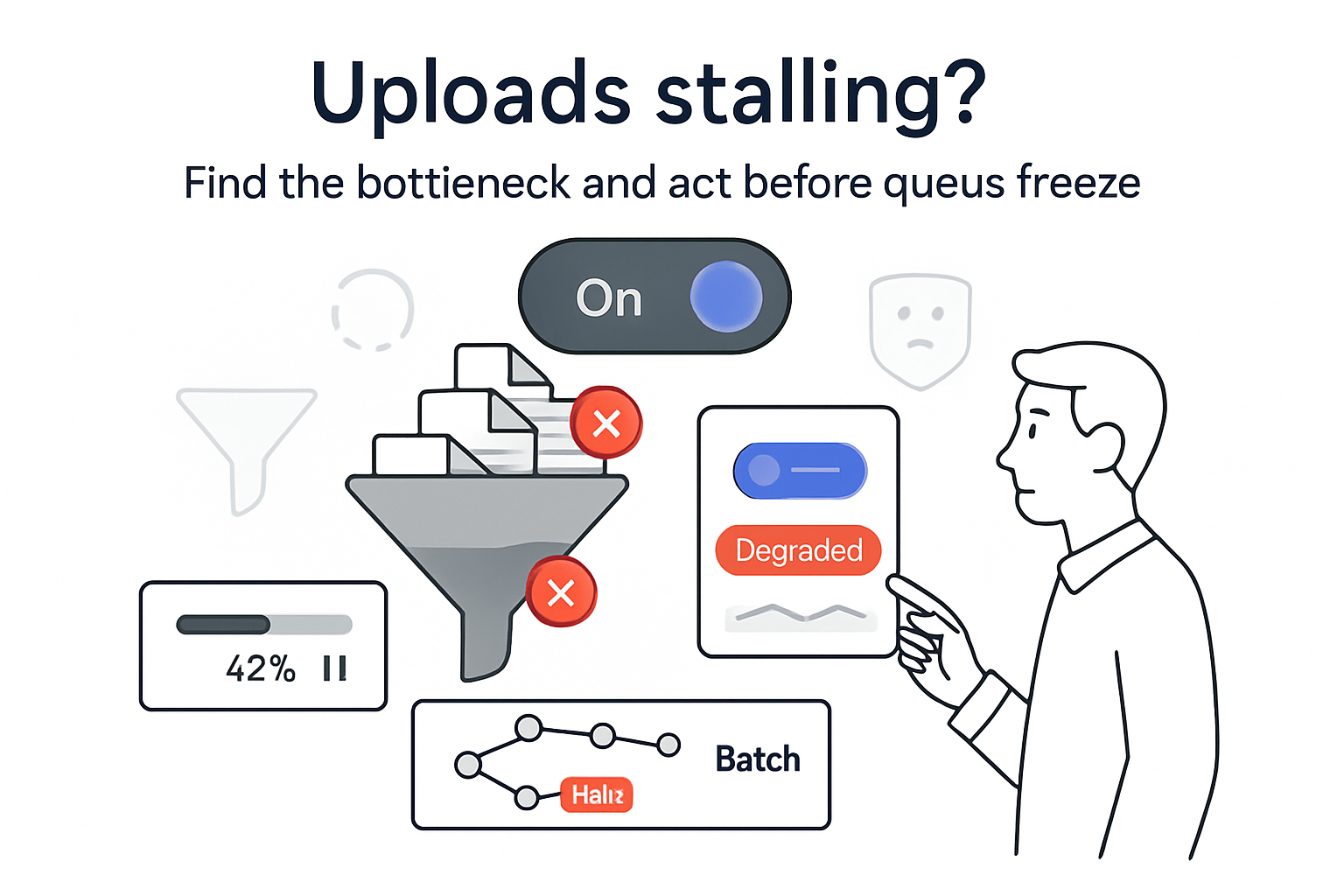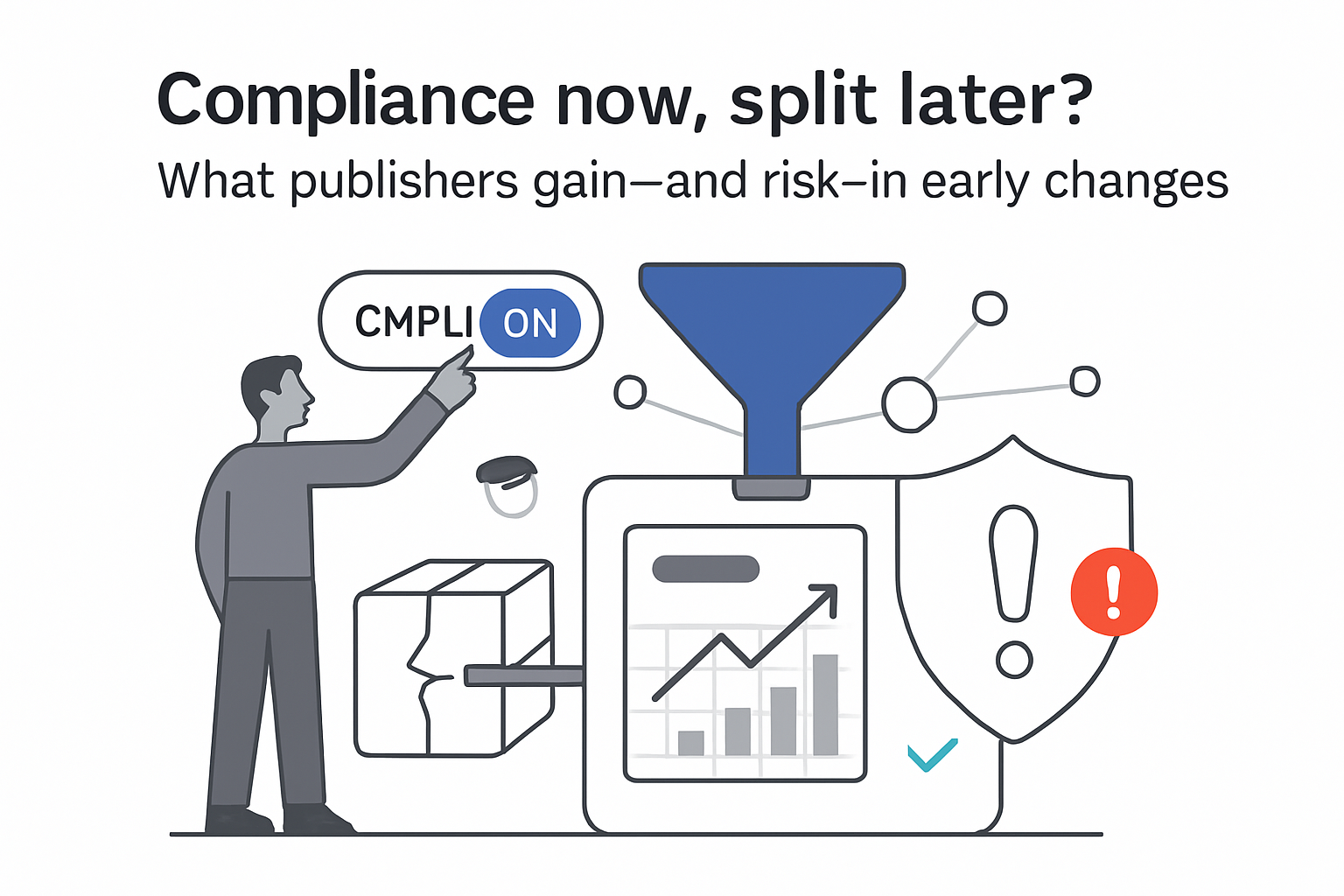Generative Engine Optimization: Why Google Says It’s Just SEO With Extra SERP Features
Google’s latest guidance on AI Overviews and “AI Mode” has raised fresh questions for brands budgeting for Generative Engine Optimization (GEO) or Answer Engine Optimization (AEO). The company’s answer is straightforward: you do not need a new playbook. AI results rely on the same crawl, index, and ranking systems that surface every blue link.
Key takeaways
- AI Overviews draw from the same index and ranking signals that power featured snippets, so separate GEO or AEO teams risk duplicating work.
- Crawl demand will not increase - AI modules read from Google’s existing index, leaving server-log budgets and pre-render strategies untouched.
- Rich-result visibility still depends on source authority and structured data quality; the ranking layer itself has not changed.
- Budgets earmarked for “GEO playbooks” are better spent on content gap analysis for multimodal queries and on-site schema upgrades.
- Monitor Gemini’s crawler family: if traffic from any “gemini-[x]bot” exceeds 5 percent of hits, review log-file rules to avoid accidental blocking.
Situation snapshot
- Event: Google Search Central Live Deep Dive APAC 2025. Speakers: Cherry Prommawin, Gary Illyes.
- Statement: AI Mode, AI Overviews, Circle to Search, and Lens are “just features” that depend on the standard search systems and the main Googlebot crawler.
- Gemini operates its own crawler family but feeds data back into the wider ecosystem.
- No new webmaster guidelines or separate ranking pipeline have been announced.
Breakdown and mechanics
Request flow: AI Feature → Same Crawl → Common Index → Shared Ranking Signals → UI-Specific Renderer
1. Crawling
- Googlebot continues to fetch HTML, images, video, and structured data.
- Gemini bots (for example, gemini-pro-bot) crawl selectively for large-language-model training; traffic share is currently below 1 percent for most mid-size sites (author log study, Q1 2025).
2. Indexing
- Parsed documents feed into the unified index; long-standing statistical models handle deduplication and spam detection.
- BERT, RankBrain, and MUM enrich text, image, and video embeddings that AI Overviews call at serve time.
3. Serving
- Query understanding decides whether to trigger the classic SERP only or add an AI Overview block (about 12 percent of English mobile queries in a May 2025 US cohort, Perficient sample).
- The ranking layer still weighs relevance, authority, freshness, and language match; Google has disclosed no AI-specific weighting.
- The output renderer formats cards, sources, or citations according to the feature selected.
Impact assessment
Paid search
- Effect size: neutral in the short term. AI Overviews suppress roughly 0.8 organic results on average, but ad slots remain in the top and bottom packs.
- Potential winners: brands with strong Quality Scores, as less organic clutter may lift paid CTR.
- Recommended actions: track blended CTR and shift budgets if organic share declines in Overview-heavy query sets.
Organic and technical
- Effect size: medium. Placement in the AI Overview citation bar can capture 5–15 percent more clicks than a standard snippet on informational queries.
- Winners: sites with concise paragraph answers (40–90 words) and valid schema.
- Losers: thin affiliate pages, which have a lower chance of being quoted.
- Recommended actions: re-audit intent mapping and FAQ blocks; validate FAQPage and HowTo schema.
Content and creatives
- Effect size: growing. Multimodal queries (“how to tie a tie + picture”) increasingly route through Lens and Circle to Search.
- Recommended actions: supply step-frame imagery and short-form video with accurate captions.
Ops and analytics
- Effect size: low. There is no new crawl-budget pressure, but Gemini bot logs should be isolated for trend reporting.
- Recommended actions: tag crawler user agents and set alerts if combined Gemini hits exceed historical ±3 σ.
Scenarios and probabilities
- Likely (60 percent): AI Overview expands to more locales with no separate ranking framework through 2026.
- Possible (30 percent): the Gemini crawler begins feeding a partially separate “LLM index,” requiring robots.txt updates and new Search Console reports.
- Edge (10 percent): Google decouples AI answers entirely, introduces GEO-specific ranking factors, and issues separate guidelines.
Risks, unknowns, limitations
- Public metrics on AI Overview click-through impact remain limited; most third-party studies rely on small panels.
- Gemini crawler behavior could change quickly; monitor release notes and server logs.
- If regulatory pressure mandates citation guarantees, ranking logic may shift, altering source diversity.
Sources
- Google Search Central Live APAC 2025 – Session transcript, Prommawin and Illyes statements, 5 Jun 2025.
- Perficient, “SGE Visibility Benchmarks,” May 2025, data study.
- Salt.agency log-file dataset, Q1 2025, unpublished client sample.







.svg)